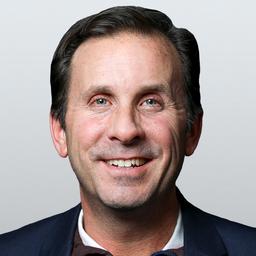Money has no purpose absent production first. Say it over and over again. Money is abundant in the United States not because the Fed decreed it so, but because productivity is a magnet for investment. If ever there comes a time when Americans cease their productive ways, the money will exit. And the Fed will be powerless to stop it.
Sternberg’s analysis suggests that economic activity of the growth variety takes place when the Fed feels like it should. Worse, it presumes that the most powerful force in investing (compound interest) is weak-kneed relative to the zero rate decrees of central bankers. Worst of all, it gives the impression from a page of opinion most associated with “Free People, Free Markets,” that the “Free Markets” part was always a slogan; that in reality high-powered growth is born of government intervention in markets that can’t be free lest they shrink.
Some will understandably doubt the above assertion about the meaning of Sternberg’s argument, including yours truly at first, but consider where he tacks after tying U.S. growth of recent vintage to the Fed. Sternberg claims the good times care of Bernanke, Yellen et al. were paired with government stimulus in China. In his words, “the Chinese government threw open the financial floodgates with reckless abandon,” and “Beijing’s stimulus was just what the U.S. economy needed.”
Sternberg ties past growth in China to feverish lending from “state-owned banks, shadowy local-government investment funds, and many entities in between.” The columnist asserts that this government-driven boomlet was “supply-side stimulus with Chinese characteristics” that blithely ignored “who would consume everything China was producing.” Ok, readers get where this is going.
After which, it’s worth stressing that to supply is to demand. That China’s production was and is real is verified by it having occurred in concert with an enormous import surge into the country: at present, a fifth of all iPhones are sold in China, more GM cars are sold in China than in North America, there are north of 4,000 Starbucks stores in China, China is the Hollywood’s second largest box office, and it’s the second largest market for McDonald’s, Nike, and numerous other American symbols of capitalism.
Hopefully the enormous size of the Chinese market answers the consumption question from the previous paragraph, and it ideally puts to bed the notion that growth in the United States and China has largely been a consequence of benevolent governments in each. Really, since when do country economies boom alongside the state arrogating to itself crucial capital allocation powers and price controls? The question presumably answers itself, but if not, it’s no reach to say that central banks, legislators or both logically weren’t and aren’t at the center of the remarkable dynamism that has always defined the United States, and that has defined China since the 1990s.
In reality, we all know what’s been at play here: rising economic freedom. That’s not a slogan as much as it’s a statement of reality long promoted by the Wall Street Journal’s editorial page. No, the Fed and the CCP didn’t build that.





